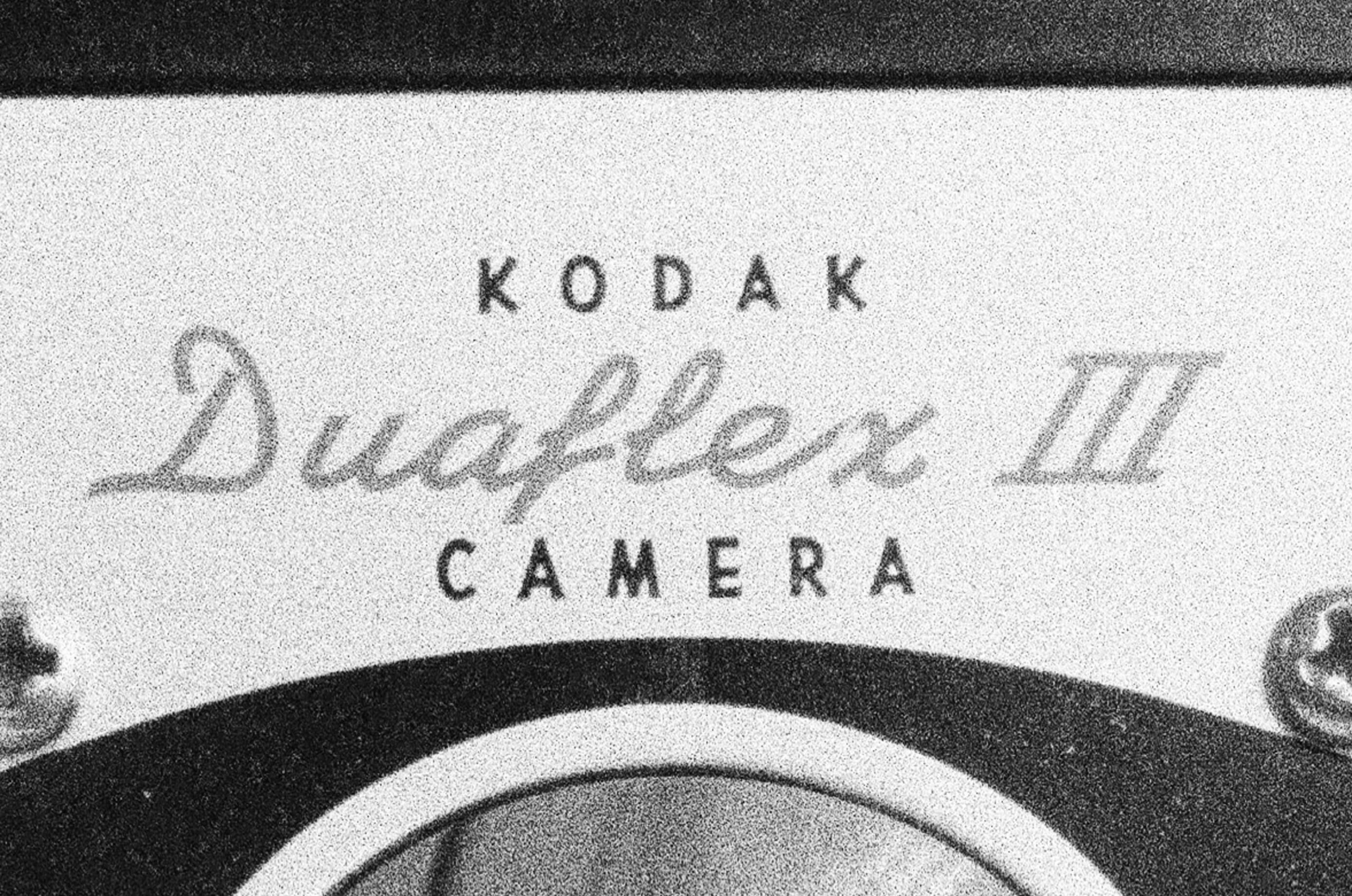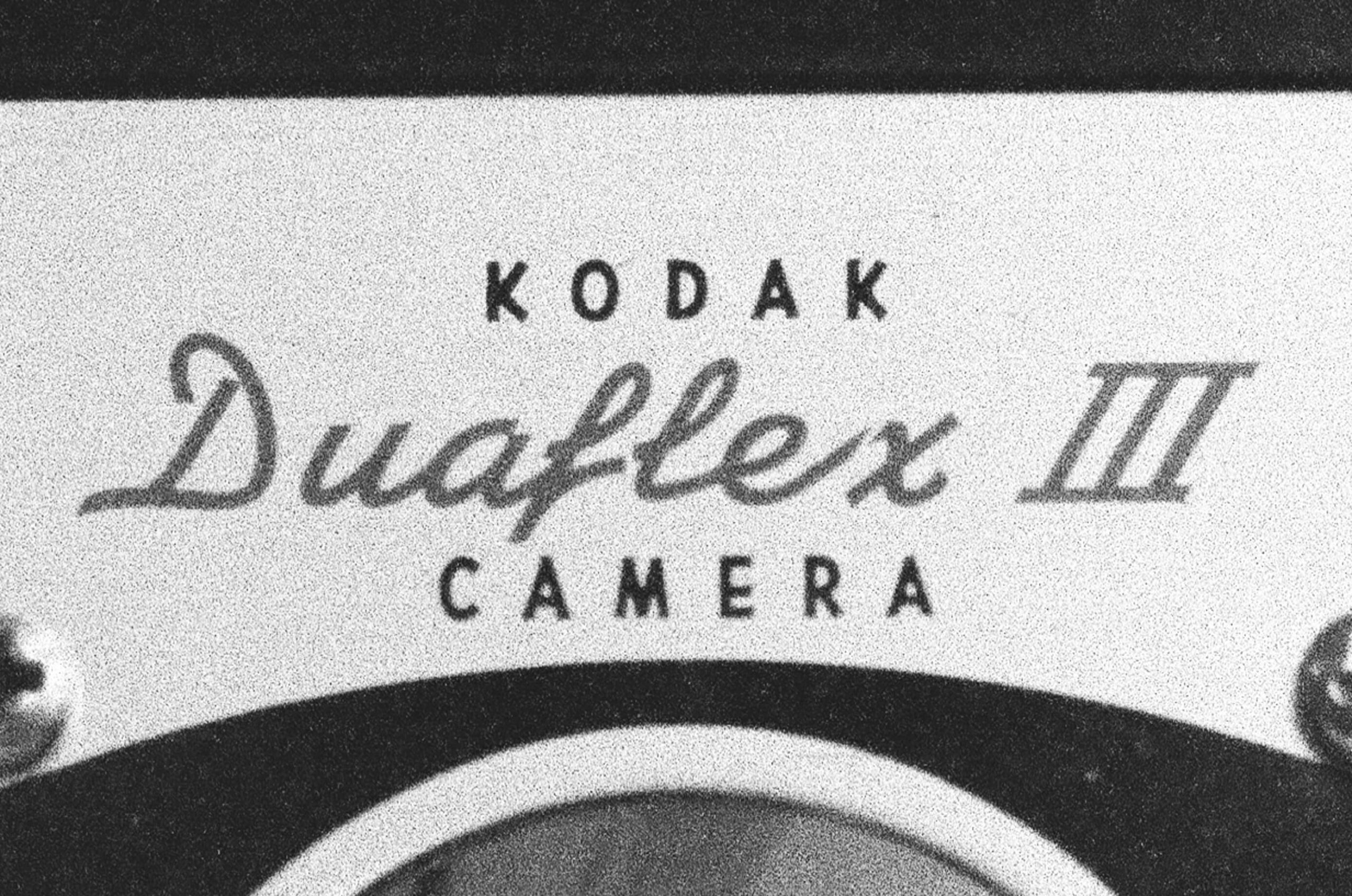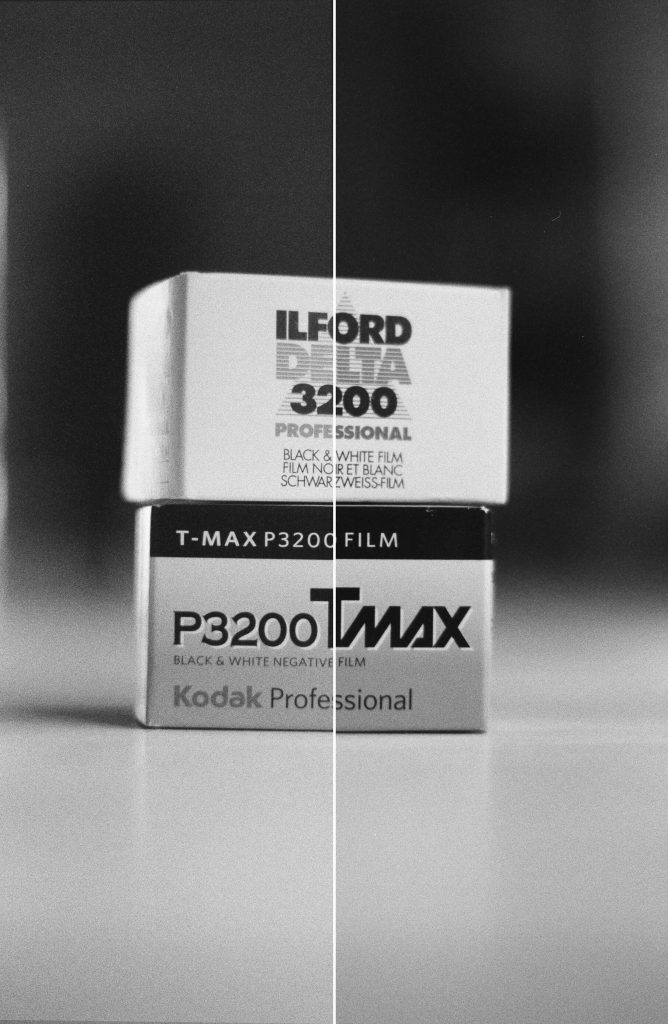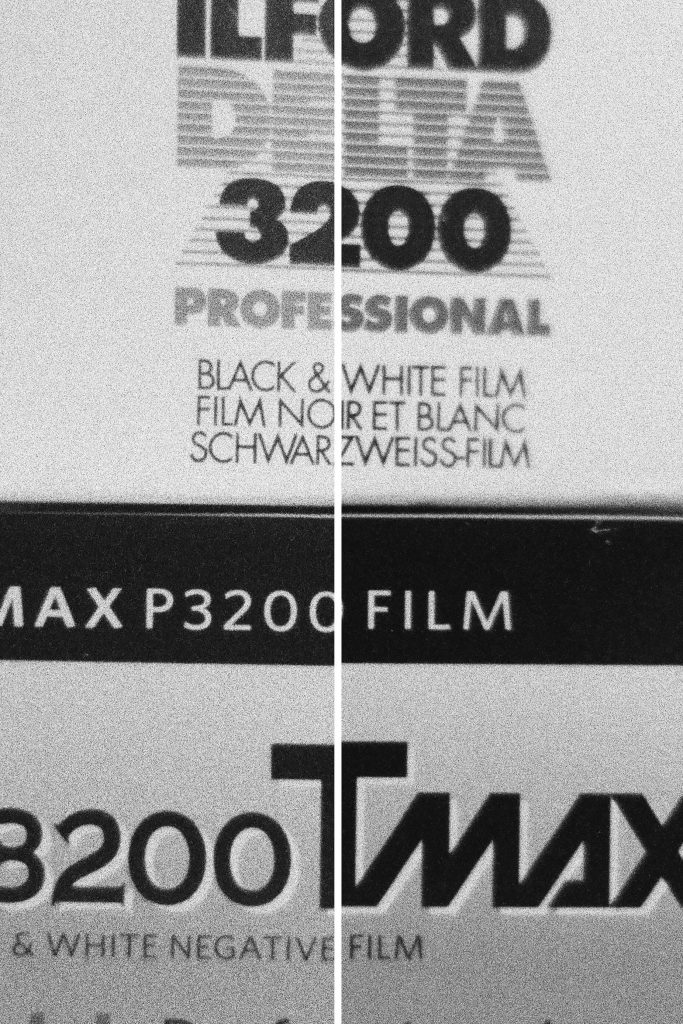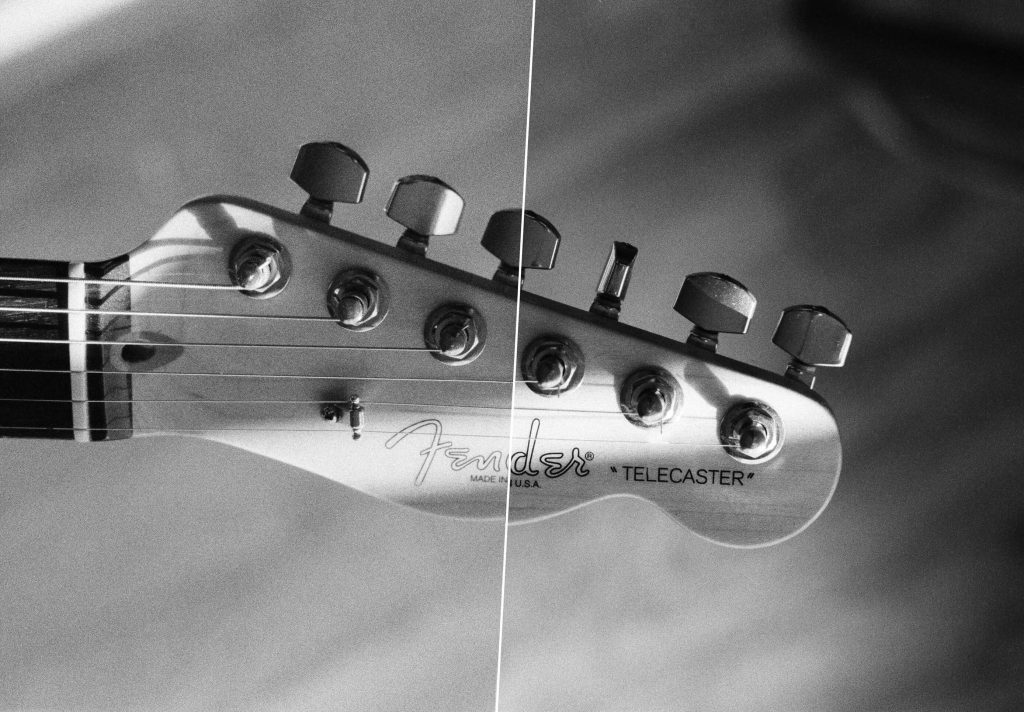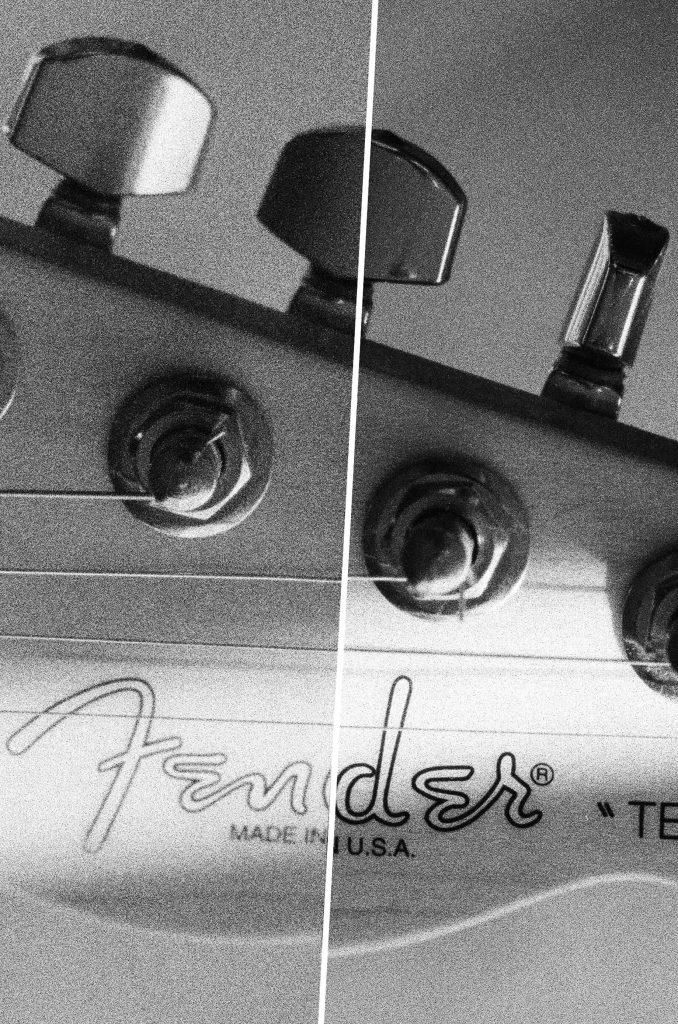Now that Kodak reintroduced their TMAX p3200 35mm film, the question is how does it compare to Ilford Delta 3200?
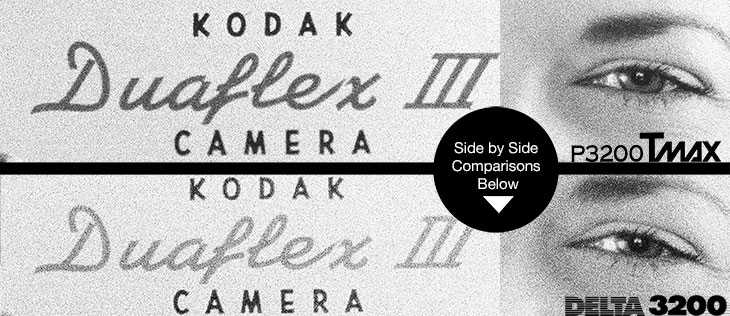
We shot both side-by-side with the same camera/lens combo, same settings at box speed – metering for the shadows. While both are high-speed B&W 35mm film stocks, they do have some noticeable differences:
Contrast
The main difference is the contrast – TMAX p3200 has much more contrast which makes it pop a little more than the more subtle contrast of Delta 3200.
Grain
TMAX’s grain seems to be much finer than Delta’s larger, more noticeable grain.
Exposure
Both have great exposure latitude and we recommend metering for the shadows. Both do well with overexposure, but TMAX seems to be a little more versatile because unlike Delta, it’s less prone to get muddy in underexposed parts of the photo.
Overall both are great film stocks. It all comes down to what you prefer. Delta is much more subtle in every way, has better detail in the shadows, and has a classic black & white look, while TMAX is more dynamic with its strong contrast, rich tones, and very sharp grain. One advantage of Delta 3200 is, unlike TMAX p3200, it is made in 120 as well. TMAX is only sold in 35mm format. See our Ilford Delta 3200 35mm and 120 film format comparison
What’s better: TriX pushed 3 stops to 3200 or TMAX 3200 at box speed?
In our opinion, TMAX p3200 is the best way to go. Depending on the light, TriX 400 pushed 3 stops to 3200 can have too much contrast which will blow out your highlights. In the same situation, TMAX p3200 will have less contrast giving you better detail in the shadows.
T-MAX P3200 vs Delta 3200 Comparison
Photo Below: Delta 3200 Left | T-MAX P3200 Right Contrast – The largest notable difference is the contrast with the TMAX p3200 (right) popping a bit more than the subtle contrast of Delta 3200. Grain – TMAX’s grain appears to be much finer than Delta. Exposure – While both films have great exposure latitude and do well with overexposure, the TMAX seems to be a little more versatile because Delta images get a little muddy in the underexposed parts of the photo. See image detail or enlarged view



 My Account
My Account


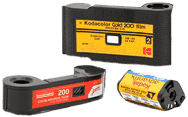






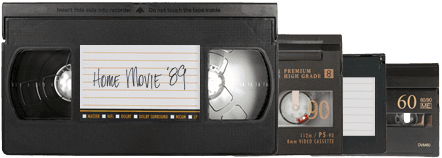

 Gift Cards
Gift Cards Film Index
Film Index FAQ
FAQ






